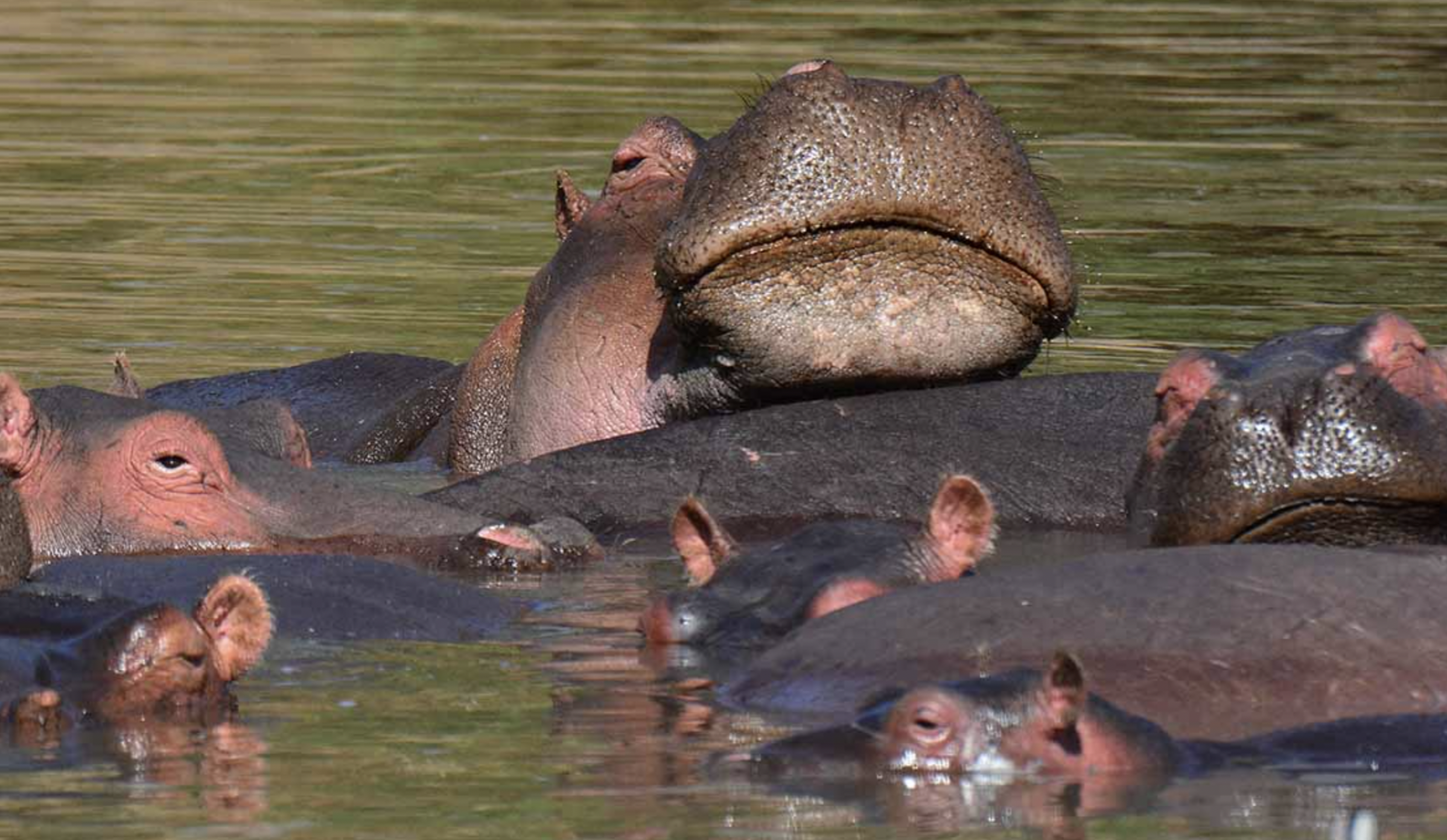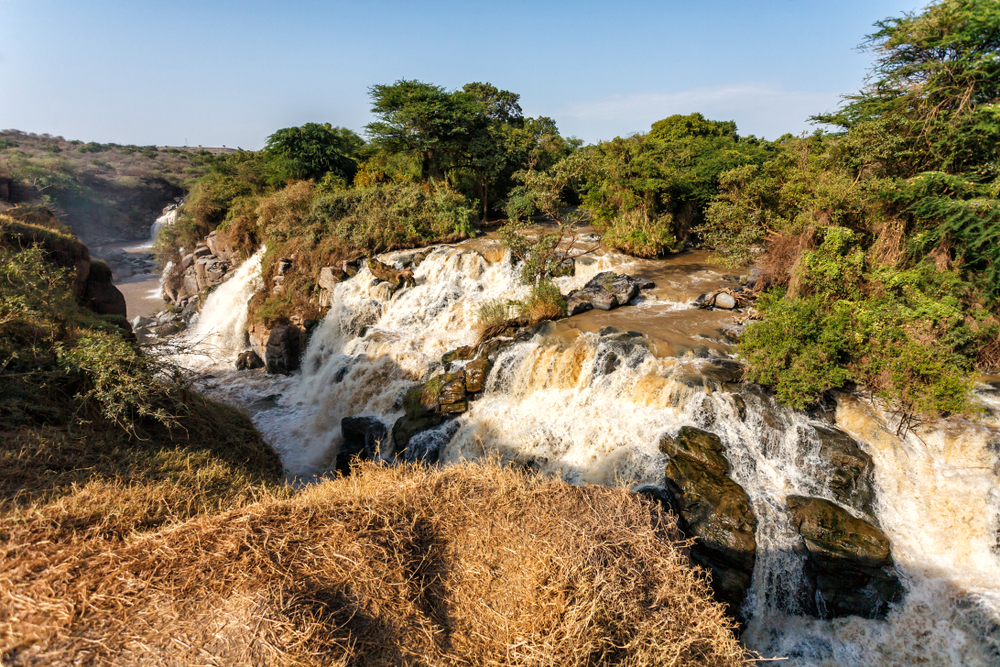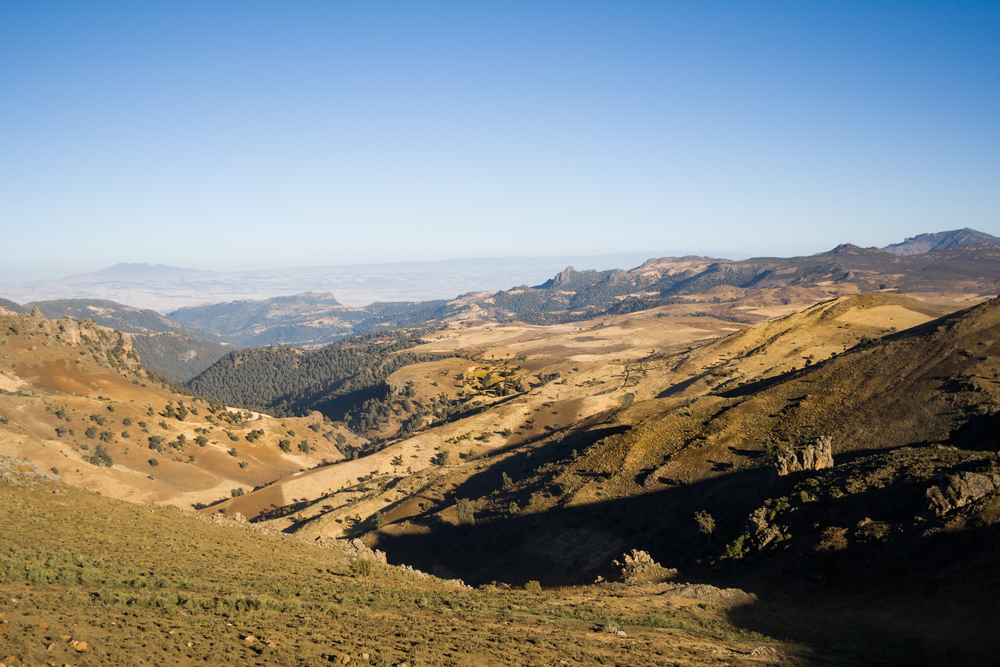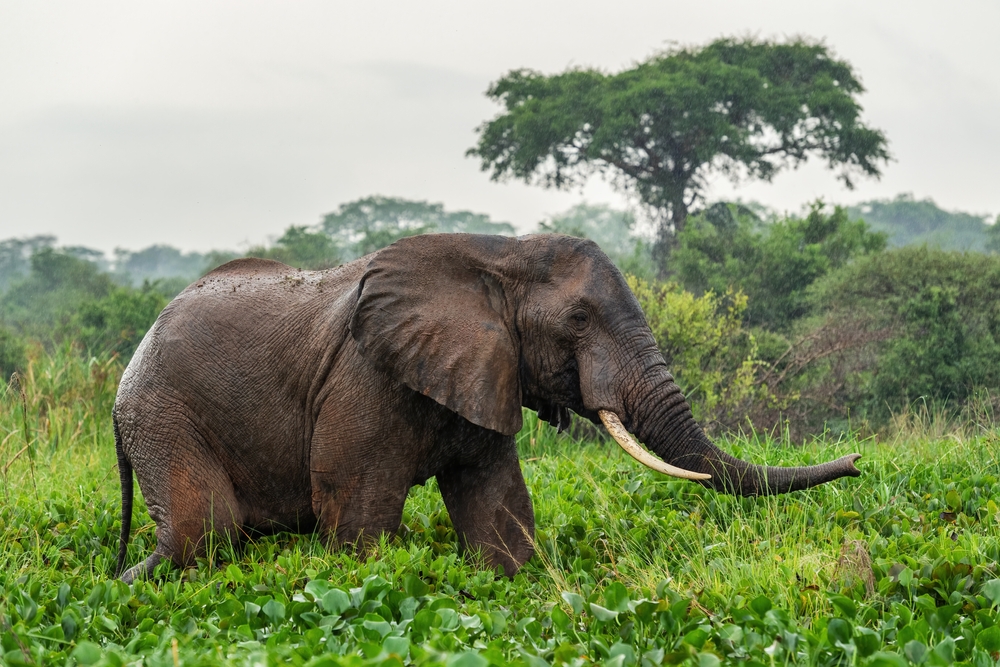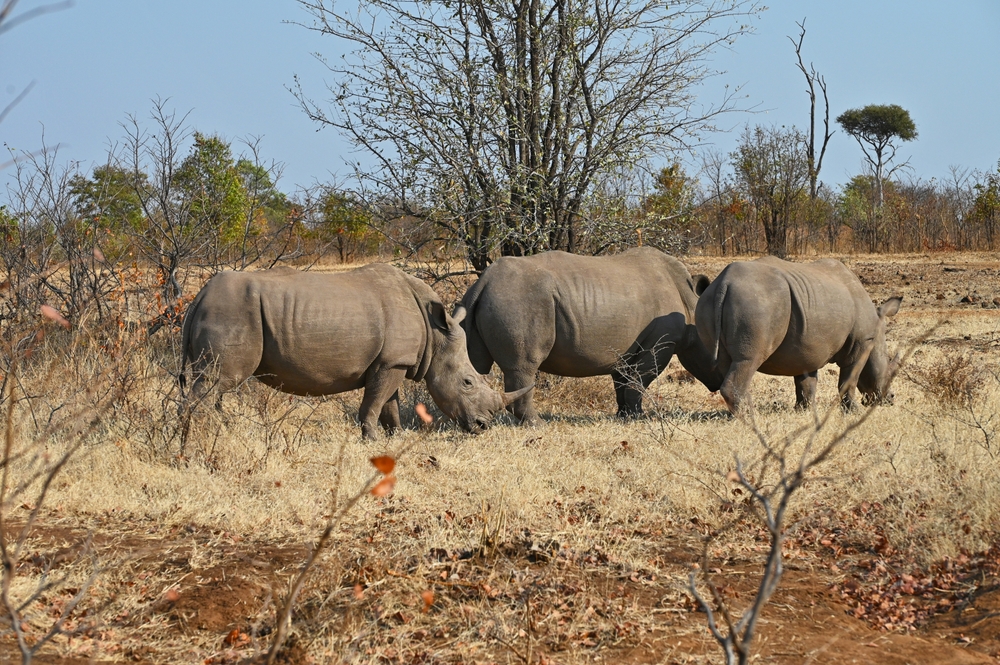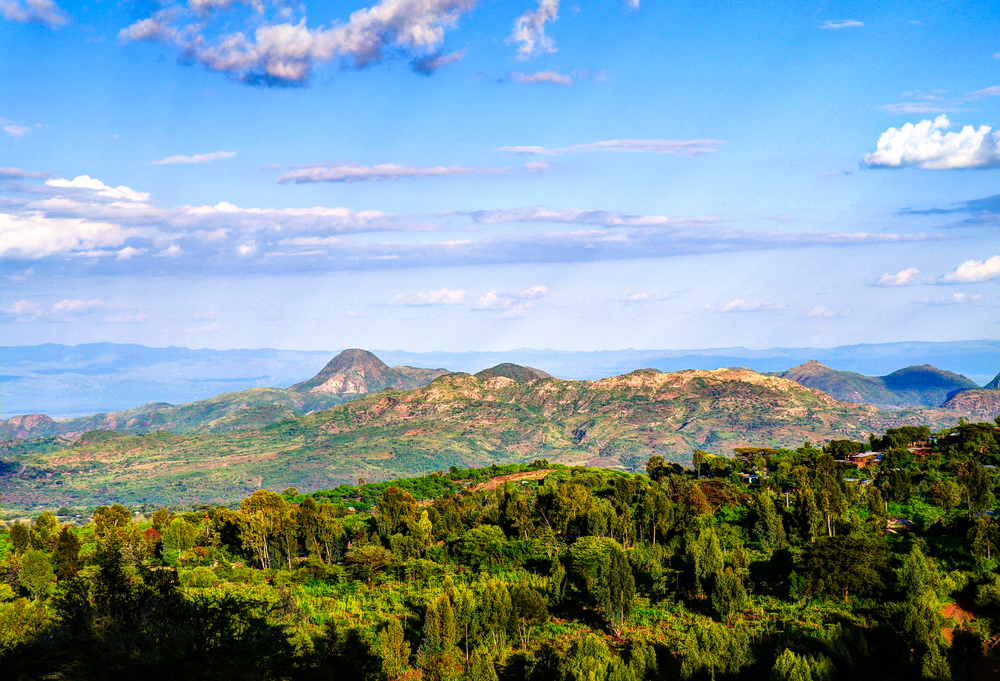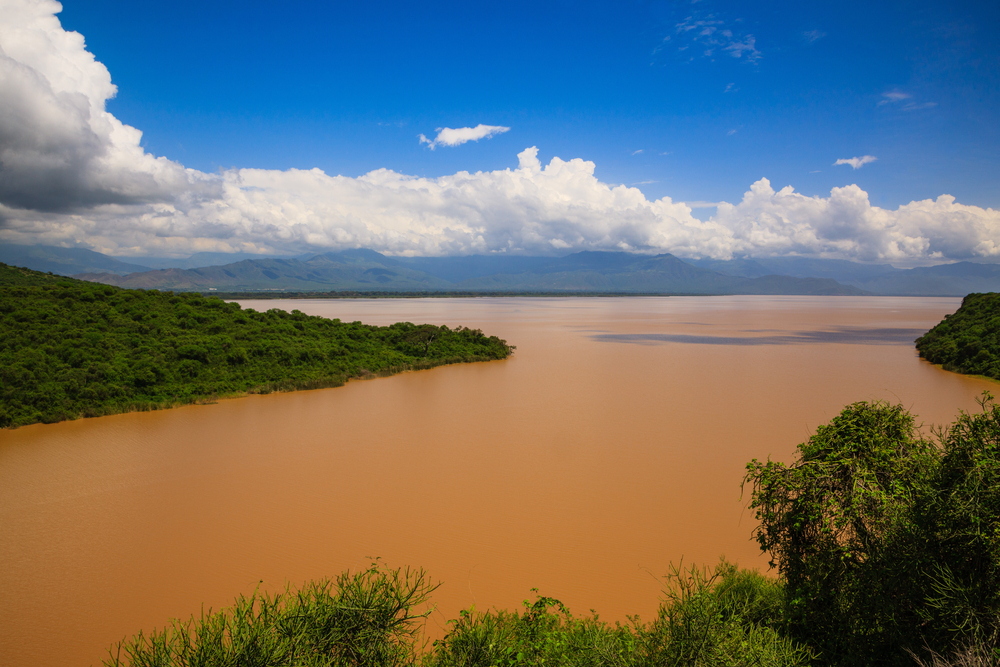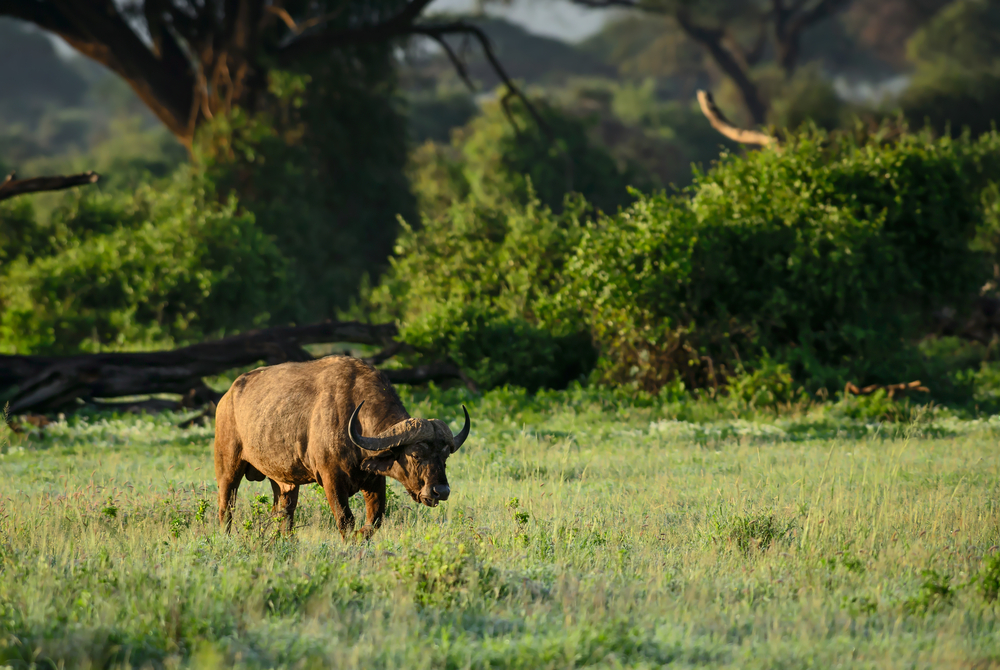Gibe Sheloko Overview
Gibe Sheloko National Park, located in Ethiopia’s Oromia Region, is a significant conservation area known for its diverse ecosystems and critical role in preserving biodiversity. Locally referred to as “Gibe Sheloko Natonal Park”, this park spans an area of approximately 1,200 square kilometers (463 square miles) and lies along the Gibe River, one of Ethiopia’s major waterways. The park was established to protect the region’s unique flora and fauna, while also promoting sustainable eco-tourism and supporting local communities.
The terrain of Gibe Sheloko National Park is varied, featuring rolling hills, open grasslands, dense woodlands, and riparian habitats along the Gibe River. The park’s location within the Ethiopian Highlands adds to its scenic appeal, with elevations ranging from 1,500 to 2,500 meters above sea level. The river and its tributaries play a crucial role in shaping the park’s ecosystems, creating fertile floodplains and sustaining a range of vegetation, including acacia trees, bamboo thickets, and diverse grasses.
The park is home to a rich array of wildlife, making it an important area for conservation. Large mammals such as elephants, buffaloes, and warthogs can be found roaming the park’s grasslands, while predators like leopards and hyenas maintain ecological balance. The Gibe River supports aquatic species such as Nile crocodiles and hippos, as well as a variety of fish species. Birdlife is particularly abundant, with over 200 species recorded in the park, including African fish eagles, Abyssinian ground hornbills, and various kingfishers. The diverse habitats also support smaller mammals, reptiles, and amphibians, adding to the park’s ecological richness.
Visitors to Gibe Sheloko National Park can engage with its natural beauty through guided safaris, wildlife observation, and birdwatching tours. The park’s riverine areas are ideal for boat trips, offering a chance to observe hippos and crocodiles up close. Hiking trails provide opportunities to explore the park’s landscapes, while cultural interactions with local Oromo communities offer insights into their traditional practices and harmonious relationship with nature. The park’s serene environment and rich biodiversity make it an ideal destination for eco-tourists and nature enthusiasts.
Despite its ecological importance, Gibe Sheloko National Park faces significant challenges. Habitat degradation due to agricultural expansion, deforestation, and overgrazing poses a threat to its ecosystems. Human-wildlife conflict and poaching further exacerbate these issues. Conservation efforts led by the Ethiopian Wildlife Conservation Authority (EWCA), in collaboration with local and international organizations, focus on anti-poaching measures, habitat restoration, and community-based conservation programs. Promoting eco-tourism is also a key strategy to generate revenue and raise awareness about the park’s value.
Gibe Sheloko National Park is a vital part of Ethiopia’s natural heritage, showcasing the country’s ecological diversity and cultural significance. Its diverse landscapes, abundant wildlife, and role in supporting local communities make it a critical area for conservation and a promising destination for sustainable tourism. Protecting this park ensures the preservation of its ecosystems for future generations.








































































